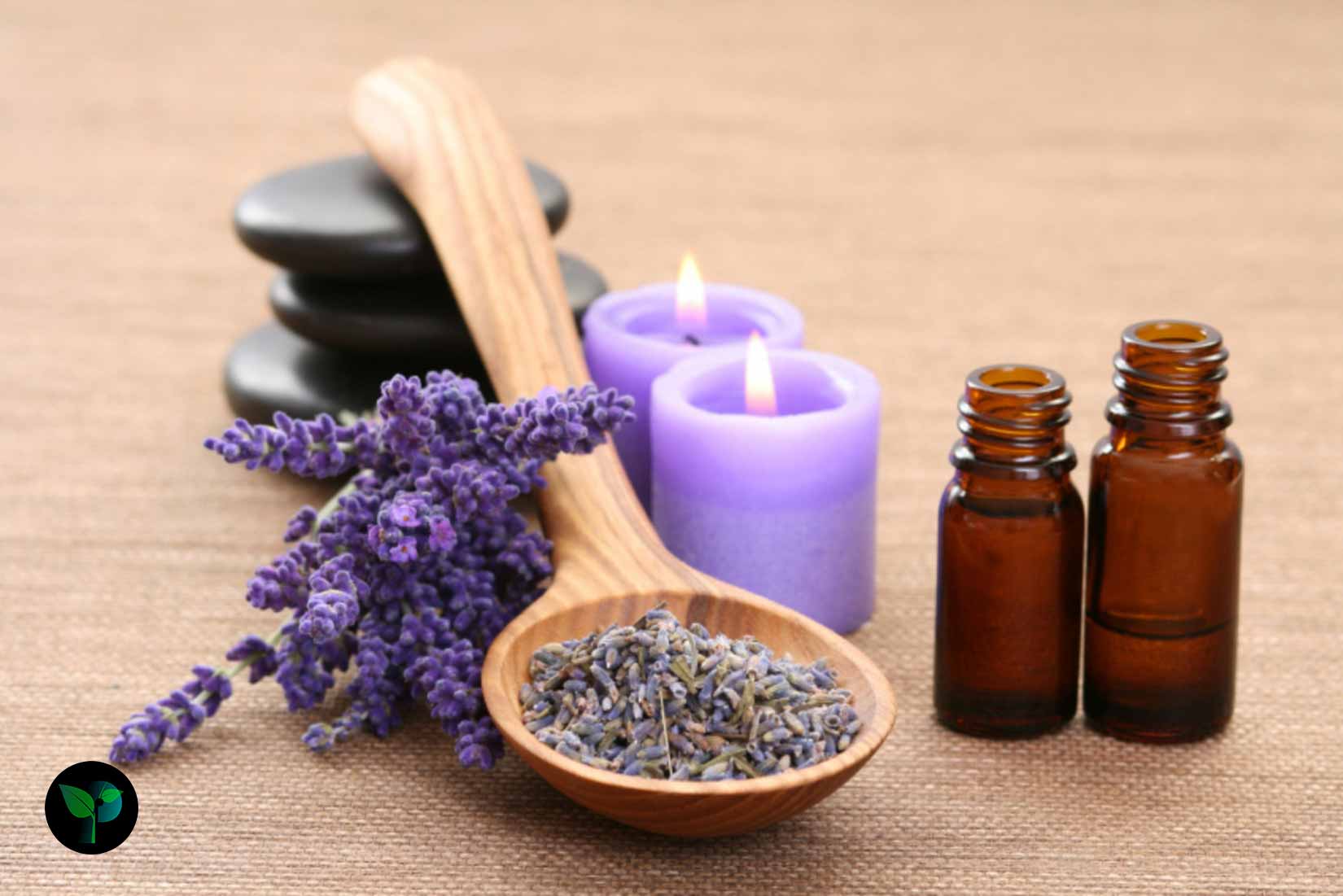The use of herbal medicines can be less expensive and have fewer side effects than chemical drugs! These plants are usually due to their greater compatibility and adaptation to the human body and sometimes their availability has been the focus of attention of people and researchers of traditional medicine for a long time. Awareness of the medicinal properties of plants can have a very positive impact on our lives in many cases. In this post from Plants Folder, we intend to discuss the herb lavender, a very useful plant, and talk about its benefits, disadvantages, and methods of use. Join us!
History and origin of the plant
Lavender with the scientific name Lavandula angustifolia is a plant with a height of between 30 and 120 centimeters. The flowers of this plant with purple, blue, pink, and white colors have a very pleasant smell. Its leaves are about 2 to 6 centimeters long and have a grayish-green color. This plant is fond of warm and dry climates and requires sunlight. Given these characteristics, the possibility of growing this plant in the Mediterranean region, southern Europe, Africa, North and South America, Australia, and some Asian regions is higher. This plant is used in cosmetics and hygiene industries, aromatherapy, perfume and cologne production, and cooking. Here we will discuss some of the properties of lavender.

Properties and contraindications
Effect on hair
We know that having beautiful and healthy hair gives your face a lot of freshness and charm. This plant with its vitamins E and C helps to increase hair growth and maintain the health of follicles. It can also help reduce inflammation of the scalp and scalp itching with its anti-inflammatory properties. People who suffer from dandruff know how annoying this problem is and how it negatively affects the beauty of their hair. Some of the reasons for dandruff include inflammation of the scalp and abnormal growth of fungi. The presence of compounds such as linalool and terpenes in lavender helps to control scalp fungi and reduce dandruff.
Effect on sleep
We all know that quality and deep sleep at night is very important. Many people resort to sleeping pills to treat insomnia. But it is better to know that frequent use of these pills makes us dependent on them. If you also do not have a peaceful sleep or wake up several times during the night, Plants Folder suggests using lavender. Drink its tea every night one hour before bed and enjoy the amazing effects of it on improving the quality of your sleep. At the end of this post, we will discuss how to make this tea.
Use in the cosmetics and hygiene industries
As we mentioned, it has a very pleasant smell. The oil of this plant, which is extracted from its flowers, has a very cool and relaxing smell. For this reason, it is used in the perfume industry, colognes, lotions, soaps, and shampoos. The anti-inflammatory properties of this plant have made it useful in skin care products as well. Products such as creams, oils, and face masks.
Who should not use lavender?
This plant is generally safe and does not have common and serious side effects. However, the use of lavender may not be suitable for some people. The following list includes things that prevent people from using this plant:
- Sensitivity to lavender: If you have had a history of sensitivity to it or any of the substances in it, you should avoid using it. Symptoms of allergy include itching, redness, swelling, and skin irritation.
- Use around the eyes: Using lavender near the eyes can cause eye irritation and inflammation. Therefore, you should avoid direct contact with the eyes.
- Severe skin diseases: If you have severe skin diseases such as eczema, psoriasis, warts, and open wounds in the area to be used, the use of this plant is not suitable and can worsen the condition.
- Pregnancy and breastfeeding: In the case of pregnant and breastfeeding women, it is better to consult with your doctor before using it. Some substances in it may be harmful to the fetus or baby.
- Children: The use of this plant in young children is not recommended unless prescribed by a doctor. Children have more sensitive skin and may be more prone to skin irritation.
In any case, it is best to consult with your doctor before using lavender or any other product to get specific recommendations for your condition. Your doctor can make an appropriate diagnosis based on your medical history, current condition, and needs.
How to use lavender?
Lavender tea and honey
Lavender tea and honey have a great effect on reducing stress and anxiety. To prepare this delicious tea, you need the following ingredients:
1 tablespoon dried lavender flowers
1 tablespoon honey
4 cups boiling water.
Preparation method for lavender tea and honey:
Pour the dried flowers into a pot with boiling water and let the lavender tea steep for 15 minutes. Strain the tea and pour it into a serving cup. Add a tablespoon of honey to the tea after it has cooled slightly and enjoy.
Aromatherapy
To use lavender as aromatherapy, you first need to prepare lavender oil. You can buy ready-made lavender oil from relevant stores or extract oil from lavender flowers yourself. There are many ways to use lavender oil. For example, you can use a diffuser to diffuse lavender oil into the air in a room, or you can add a few drops of oil to warm bath water and breathe in the steam.



Leave a Reply